Located on the barrier island of Key Biscayne, Crandon Park is a hidden gem just waiting to be explored. Connected to the mainland by a causeway, Crandon Park was acquired by Miami-Dade County from the heirs of Commodore William John Matheson in 1940. The gift came with the stipulation that the land must be used as a public park and in 1947, Crandon Park was ready to receive its first guests.
Crandon Park is a nature lover’s paradise. Its unique fossilized mangrove reef, two and a half miles of state historic highway, protected wetlands, estuaries, coastal hammocks, Great Florida Birding and Wildlife Trails, and spectacular shoreline provide countless opportunities to be engulfed in nature.
The earliest known inhabitants of Crandon Park were the Tequesta Indians. Hurricane Andrew exposed three archaeological sites, one of which appears to indicate the sites of poles used by the Tequesta as supports needed for their thatched homes. In 1513, Juan Ponce de León included Key Biscayne in his chart of The New World.
Commodore William John Matheson purchased 1700 acres of land in Key Biscayne in 1908 which would later become Crandon Park. He used the land to build a coconut plantation and introduced the Malay Dwarf coconut which is now the most common coconut in Florida. In 1948, the Zoological Gardens were established on the southern 53 acres of Crandon Park. By 1967, Crandon Park was renowned worldwide for the first successful birth of an Aardvark. The Park also successfully watched over the birth of two Indian elephants and in 1973, the hatching of two Southern Bald Eagles.
Today Crandon Park is a Nature Lover’s delight. Wildlife freely roams in and out of the doorless zoo structures. Saunter on one of the nature trails and visit the Nature Center. Look for shorebirds, songbirds, hawks, butterflies, and wild plants including coontie and beach peanut. Bike through the Key Biscayne Archaeological Zone on a designated path. Immerse yourself in an EcoAdventure where you can bike, hike, or learn about Sea Turtles.
Soak up the sun at the two-mile beach or bring your snorkel and explore the underwater living world. Launch your boat, kayak, paddleboard, wakeboard, or kiteboard. The internationally known Crandon Marina offers a dive boat operation. Enjoy a round of golf or a game of tennis. Bring a picnic lunch to enjoy in a Pavillion, eat at one of the restaurants or concession areas, or rent a cabana for a family get together. A boardwalk to the fossilized reef and wheelchair beach accessibility is provided.
For more information: http://www.miamidade.gov/parks/crandon.asp
Photo Credit: Ileana Rodriguez-Ramirez

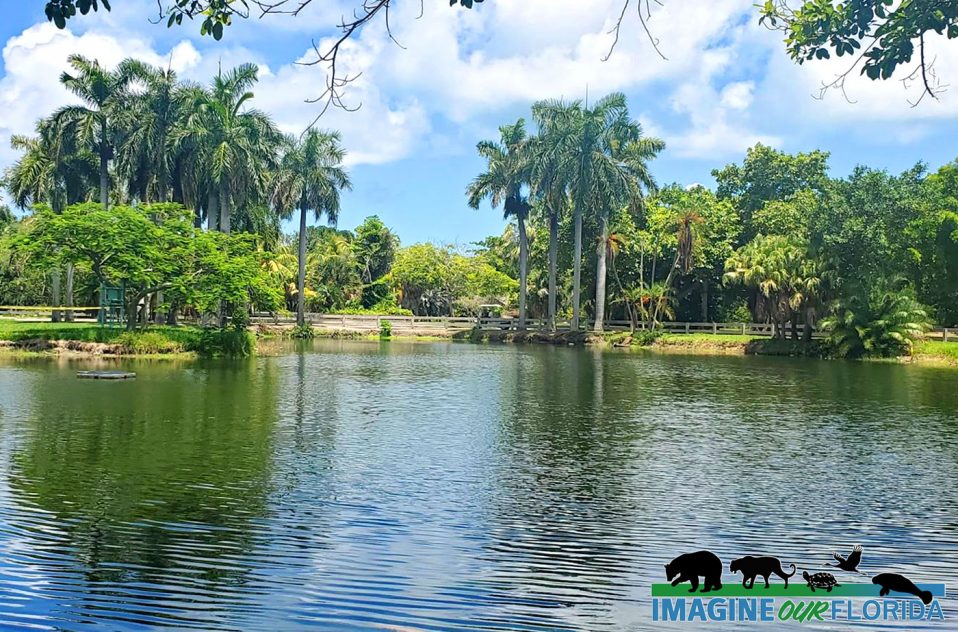
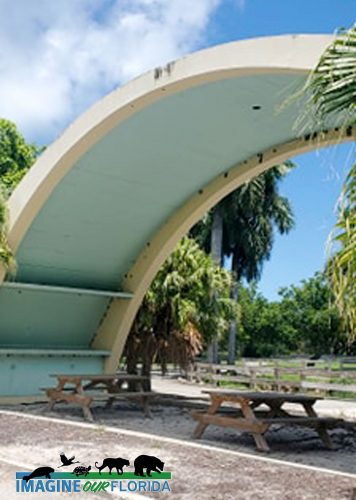
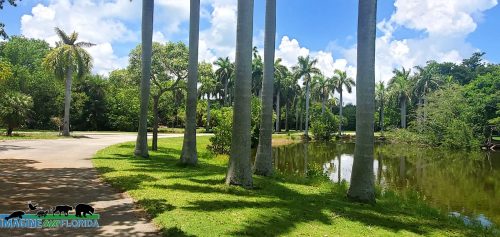
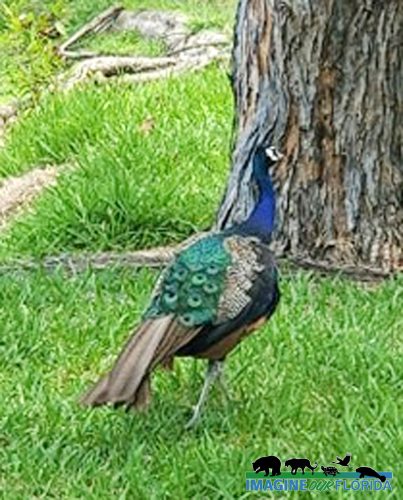
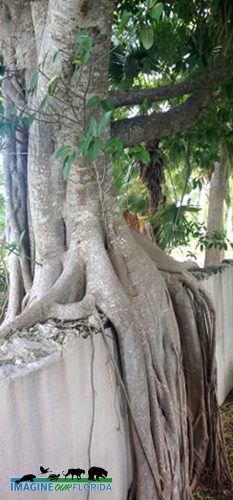
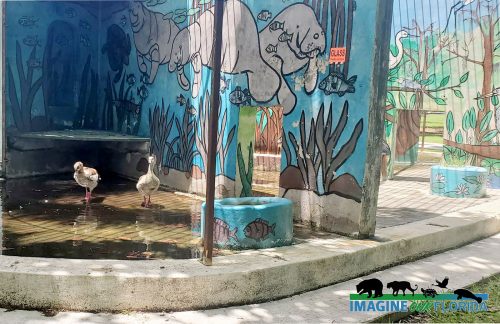
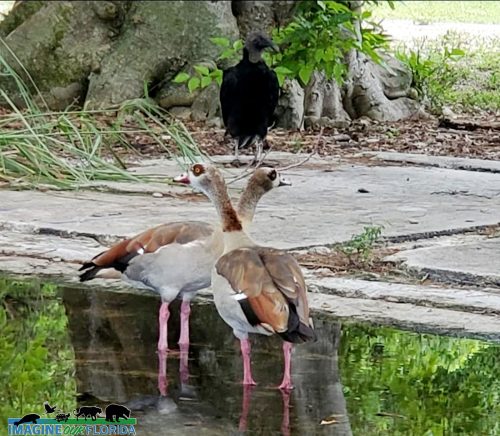
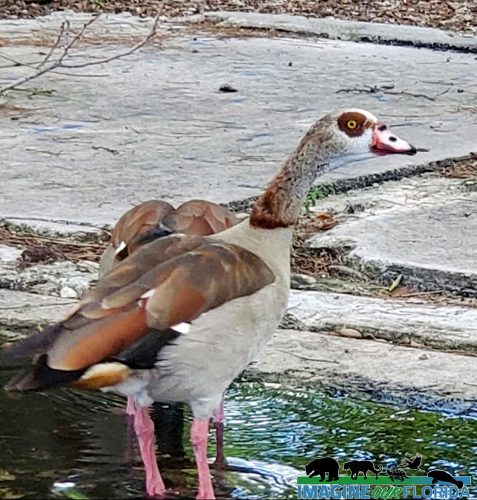
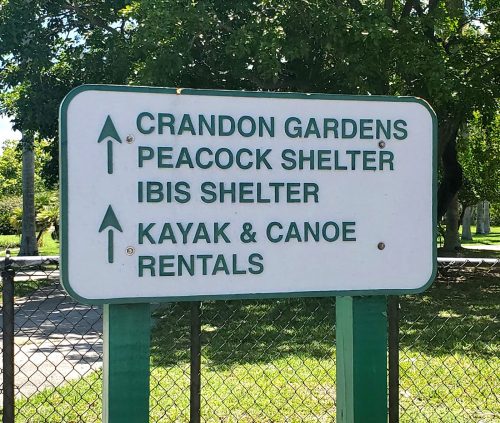
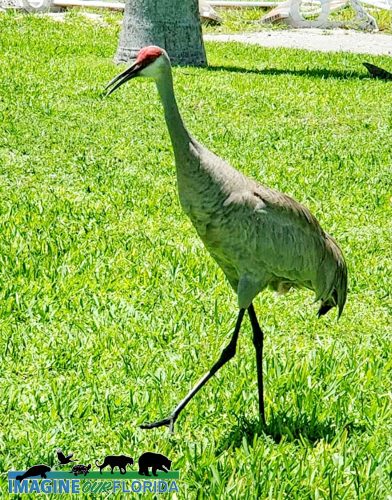
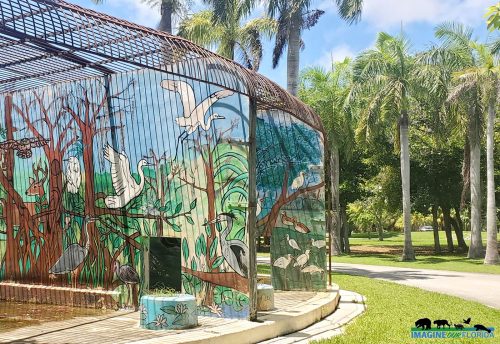
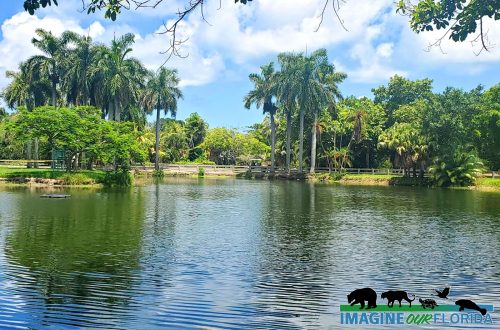
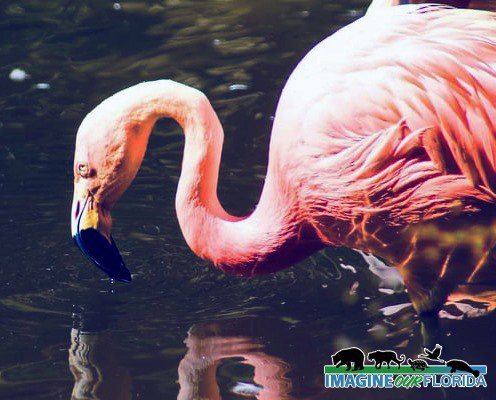
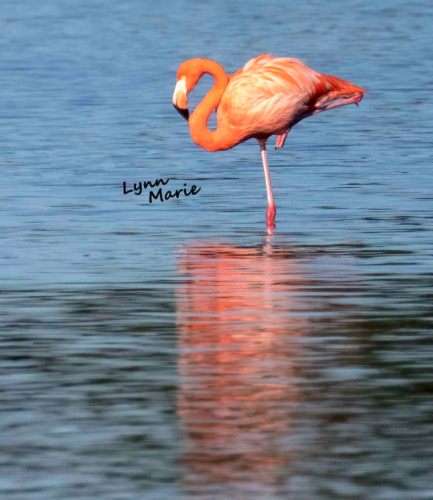
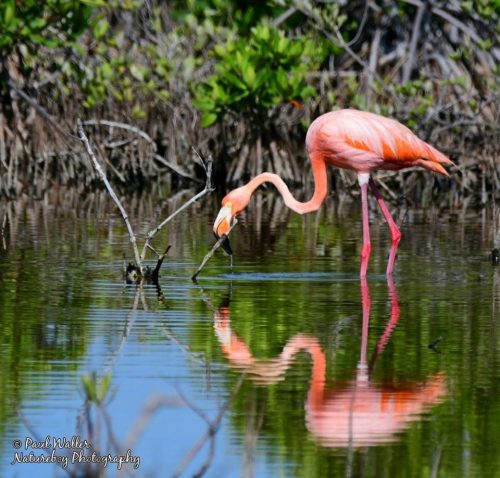
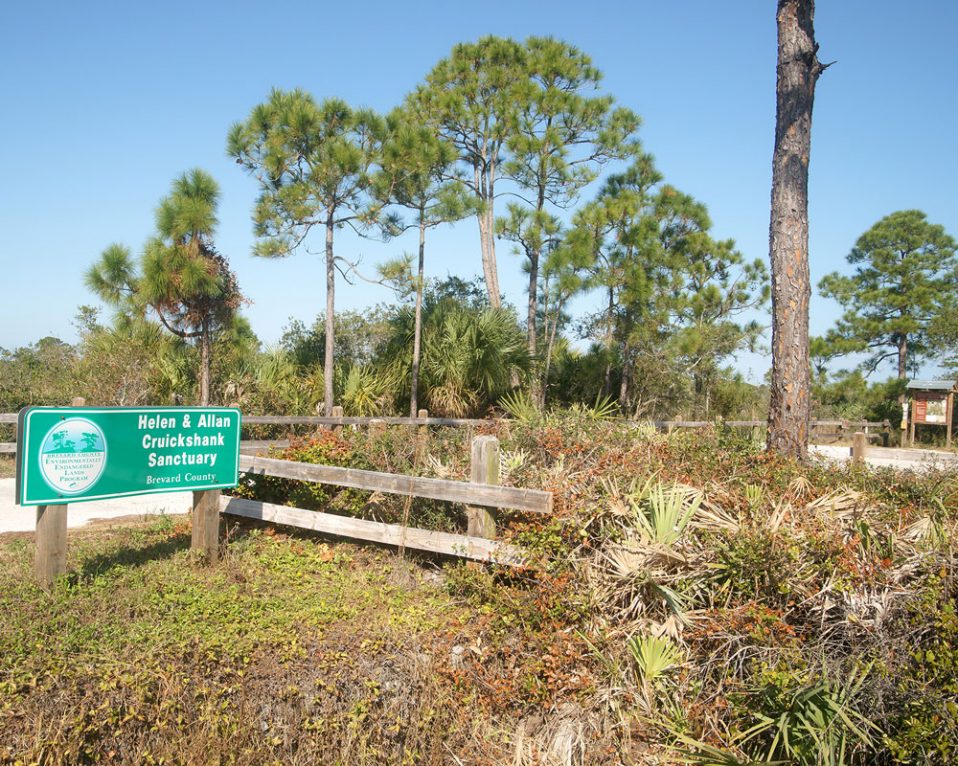



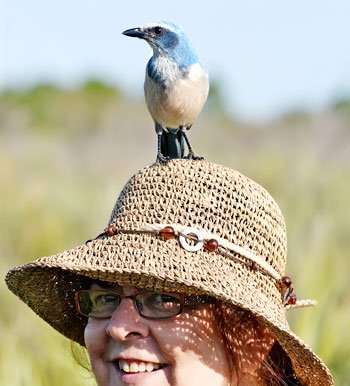
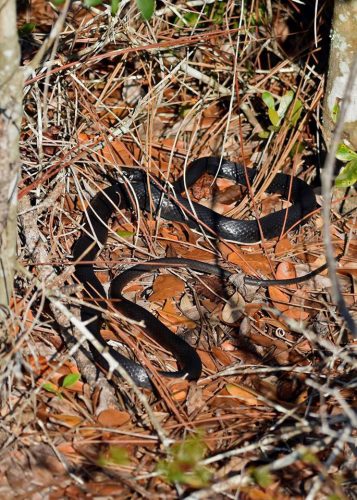
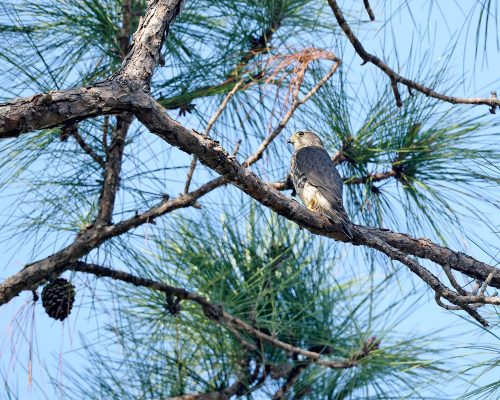
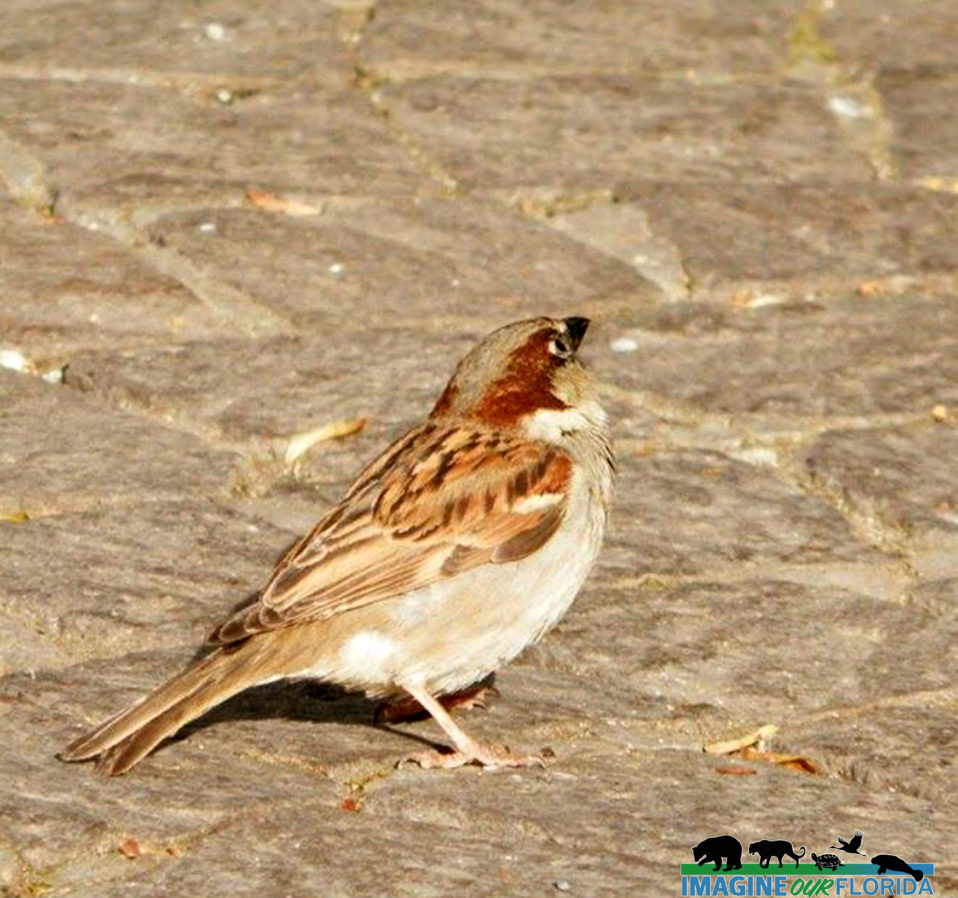
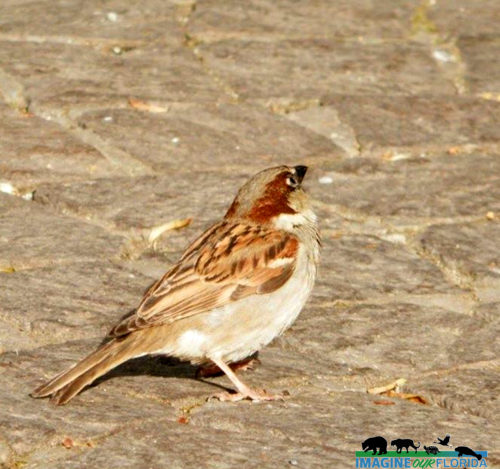
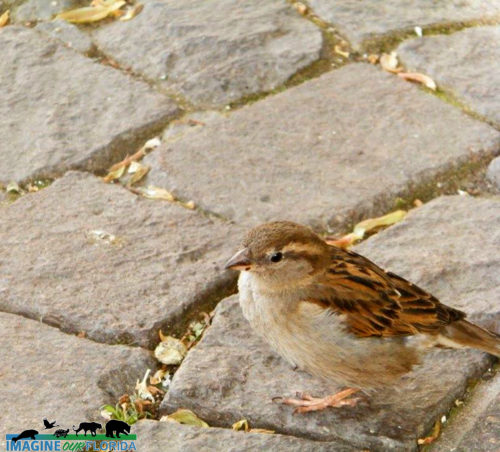
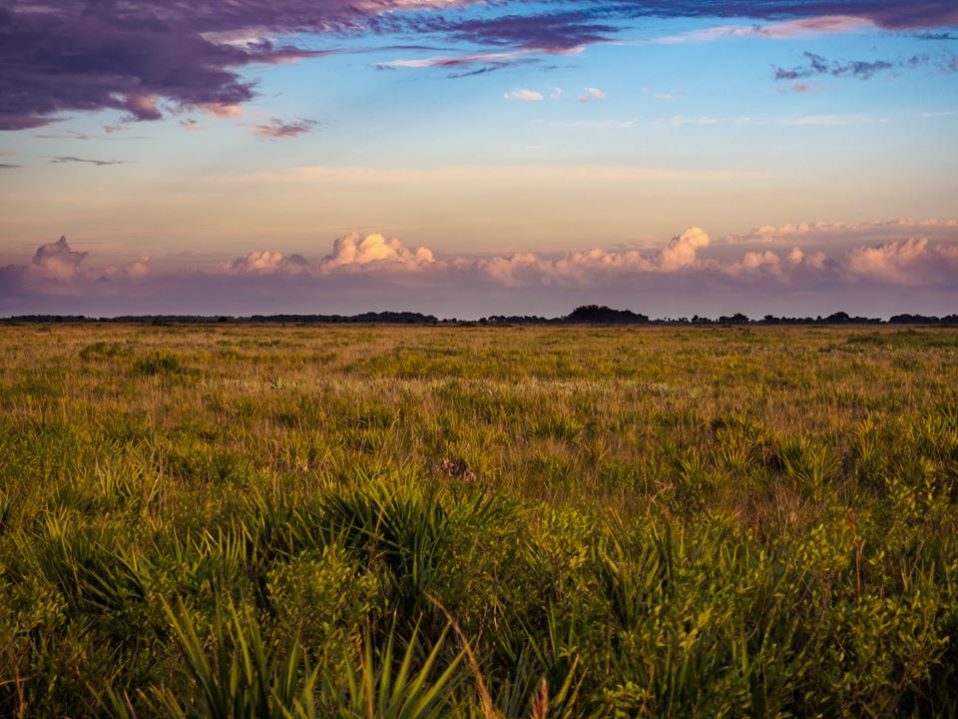
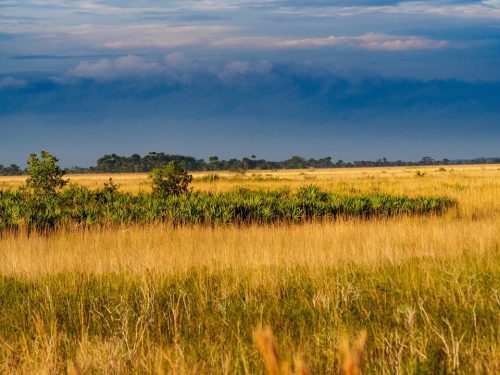
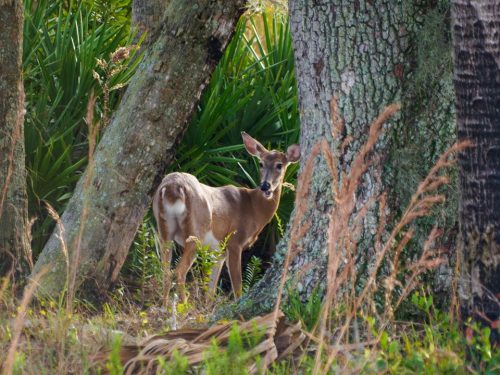
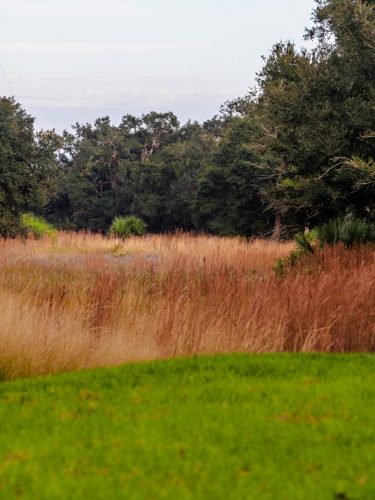
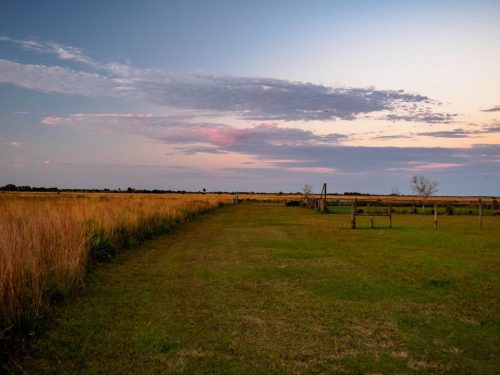
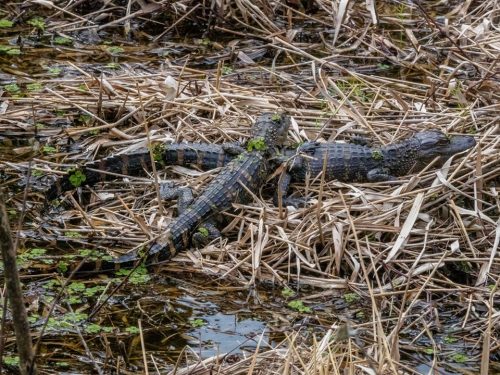
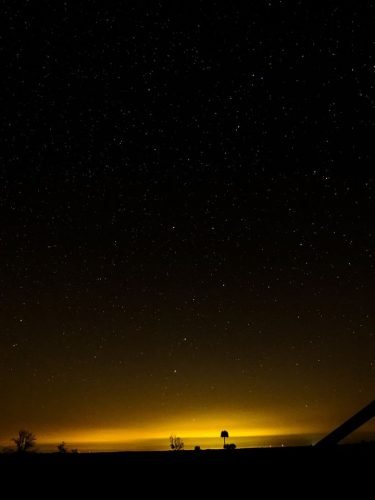

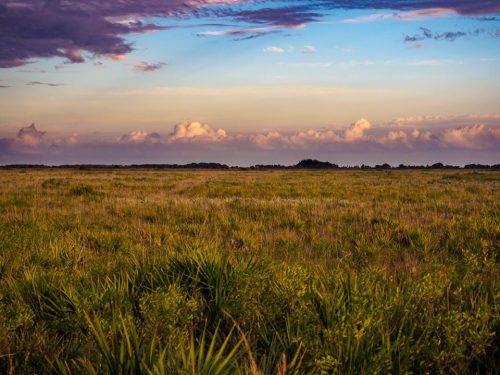
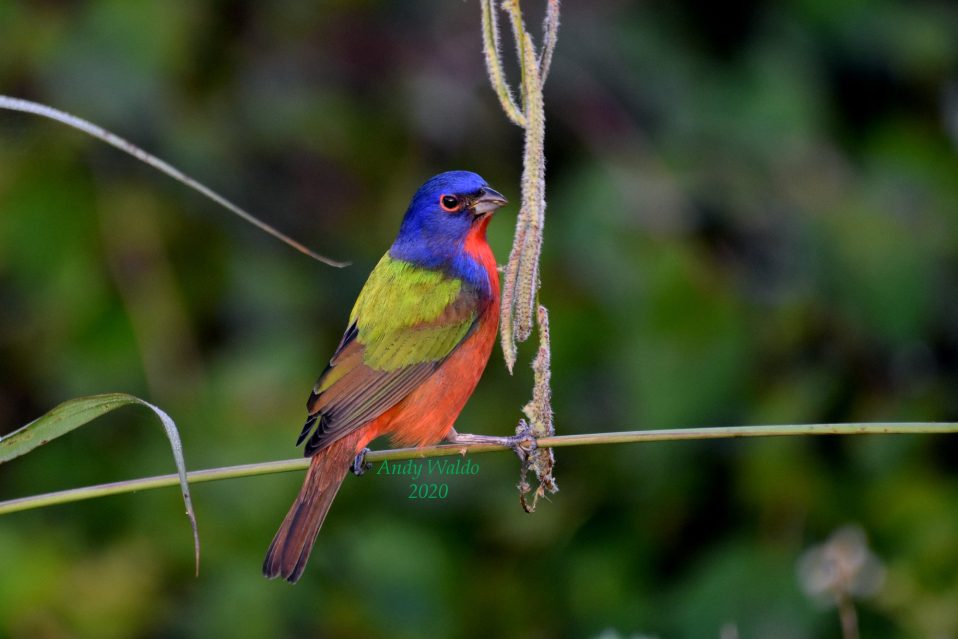

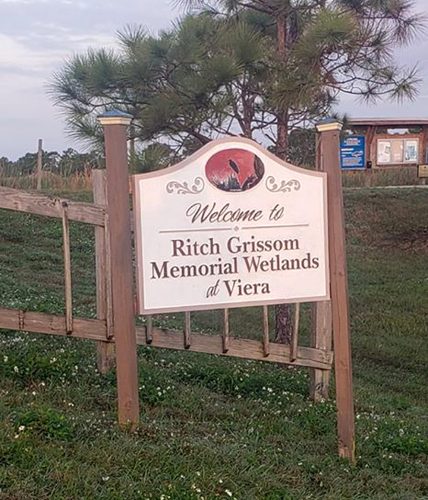
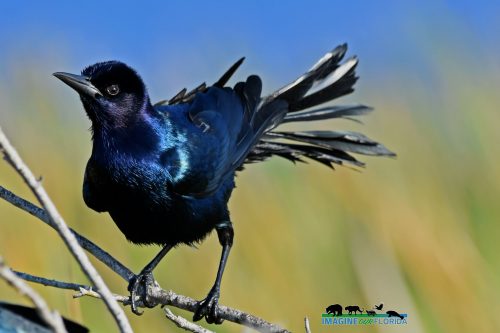
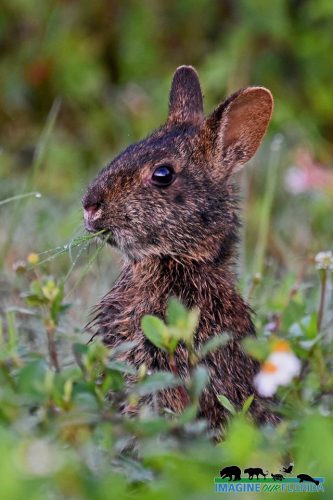
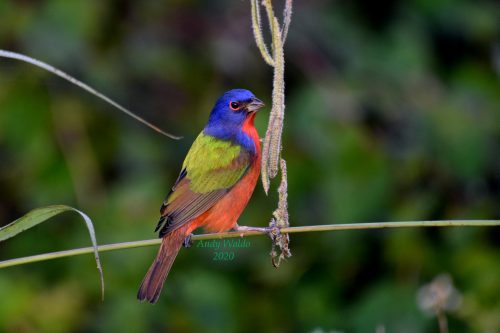

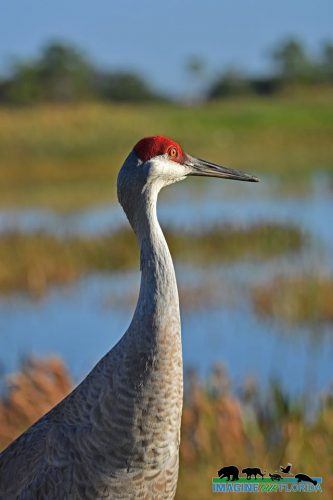
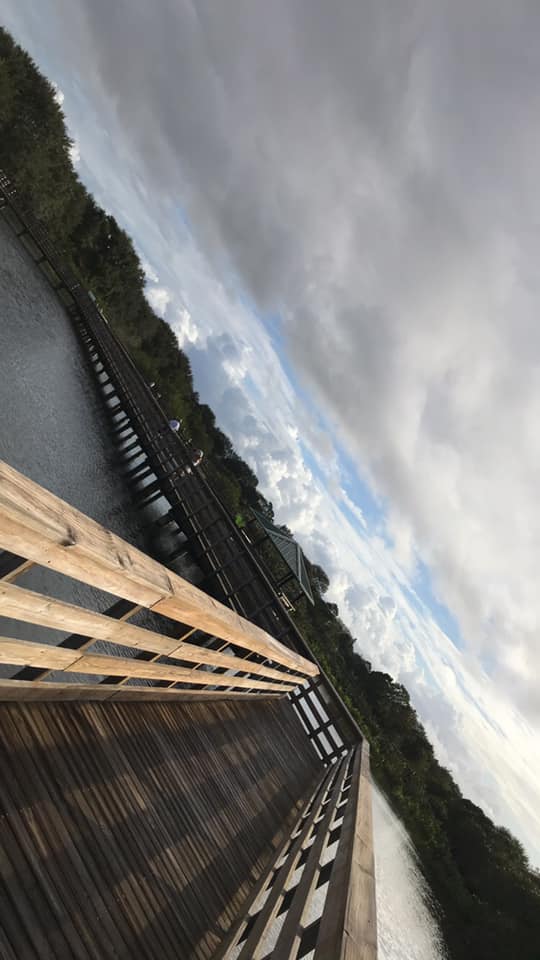
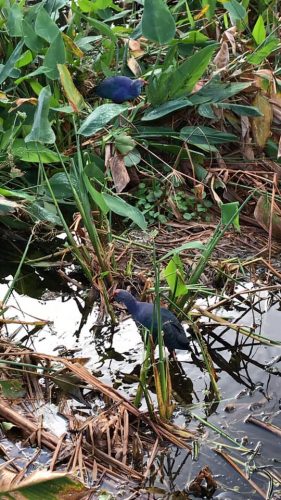
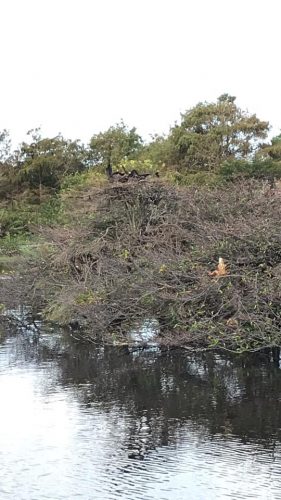
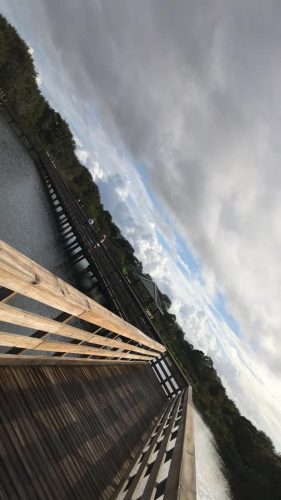
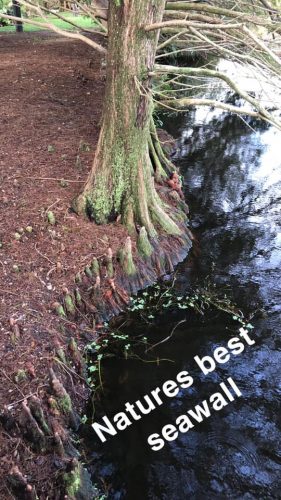
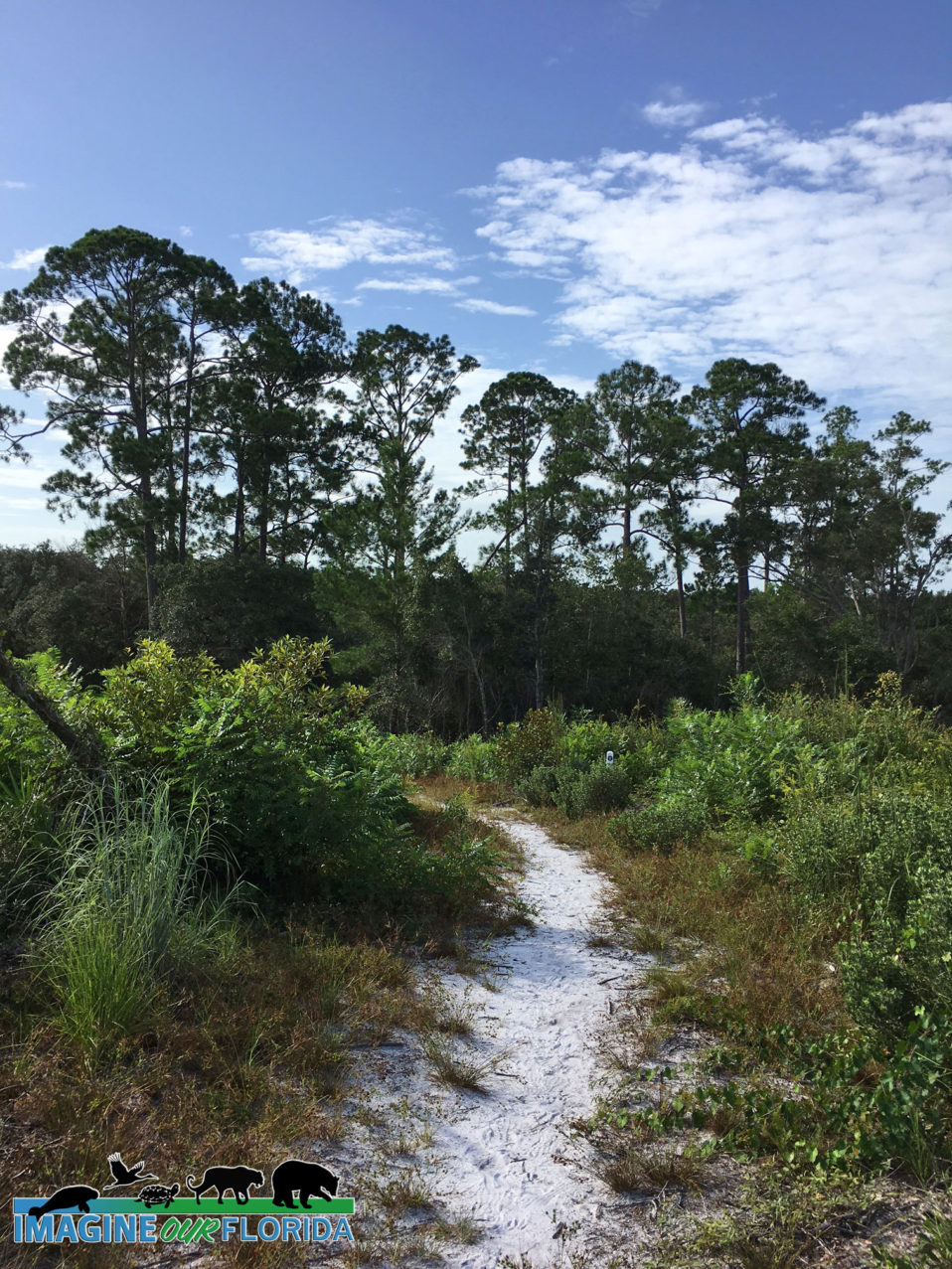
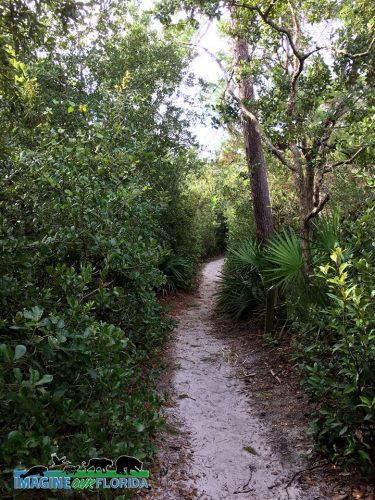
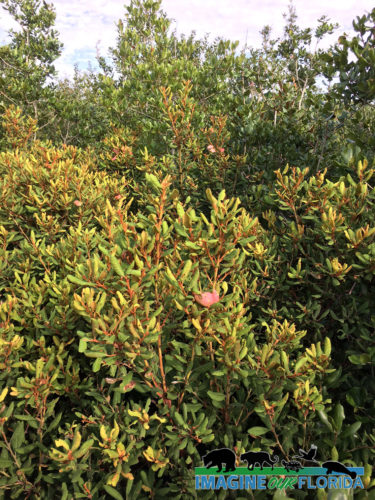
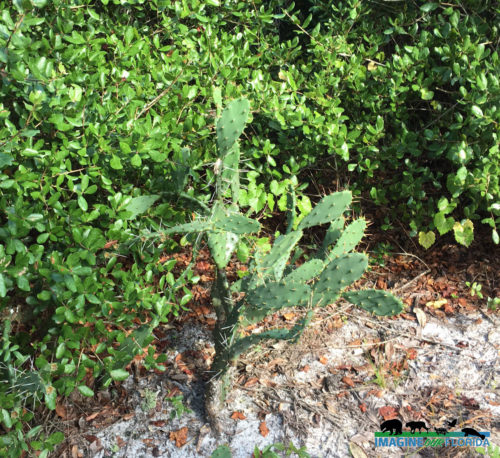
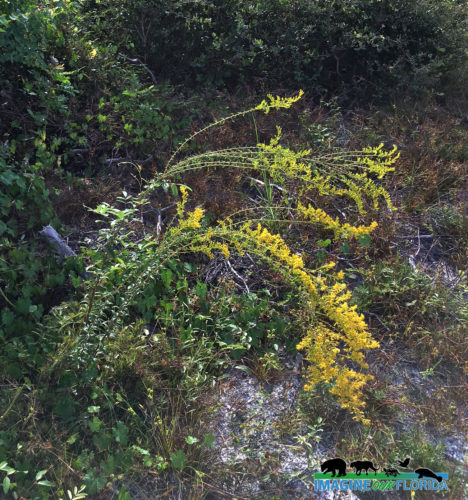 onia
onia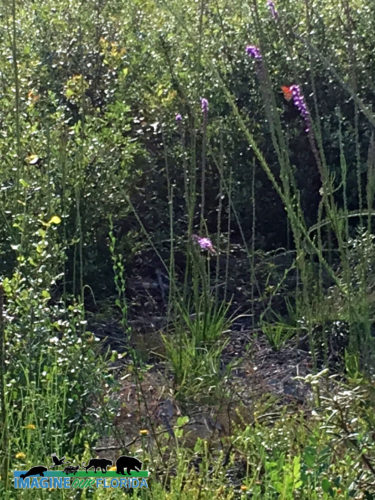
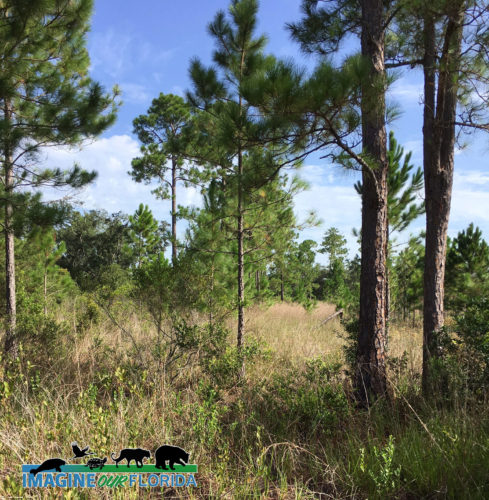
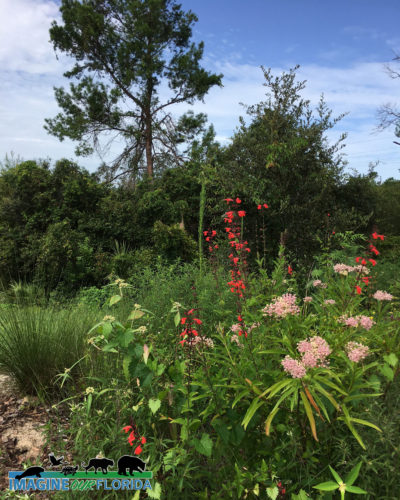
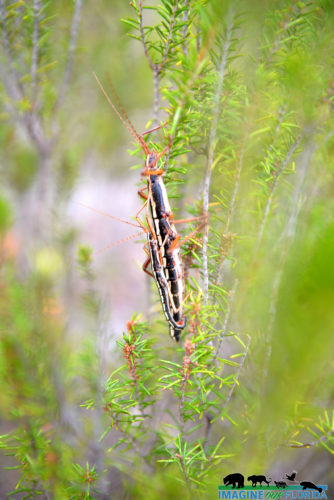
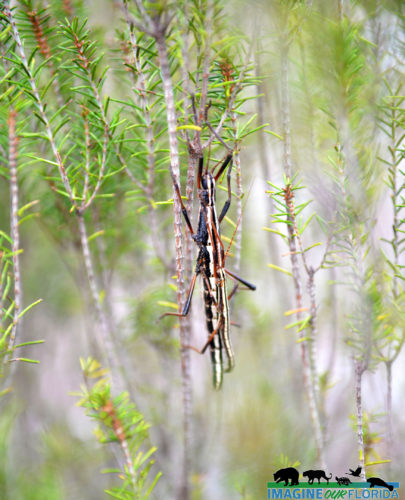
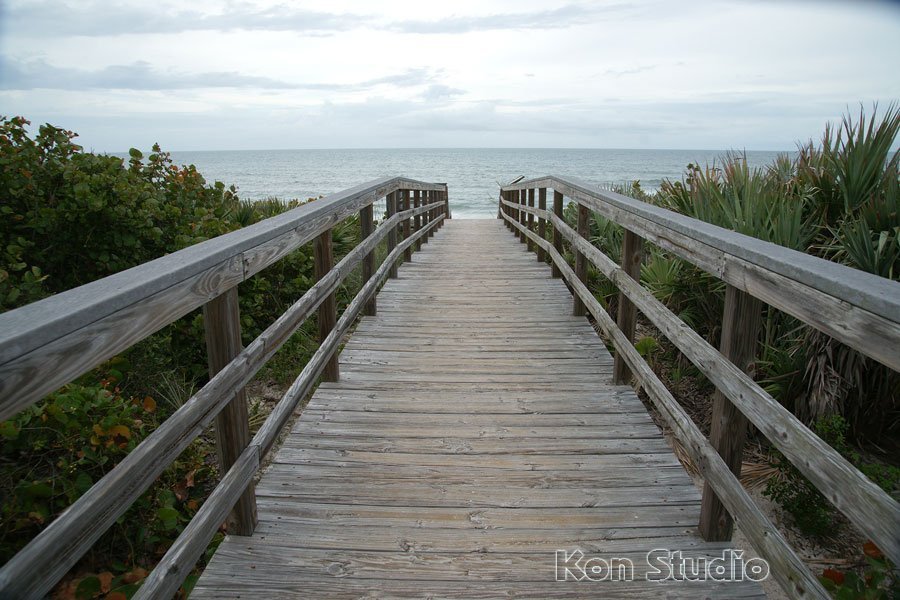

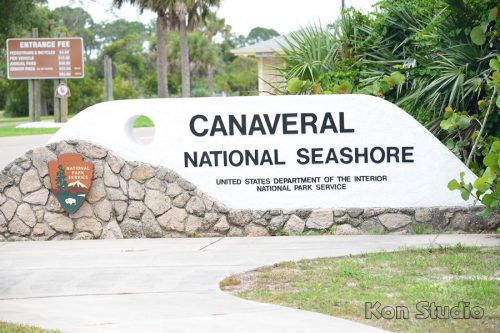
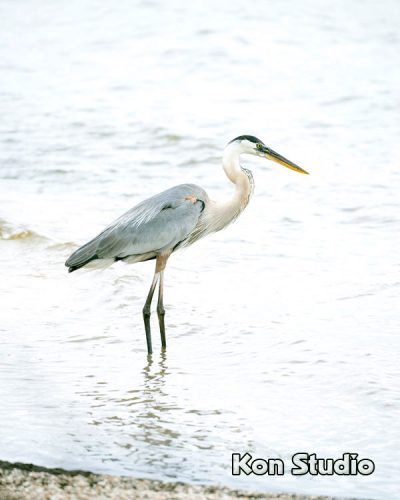

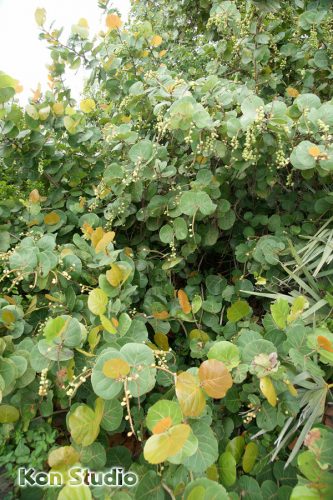
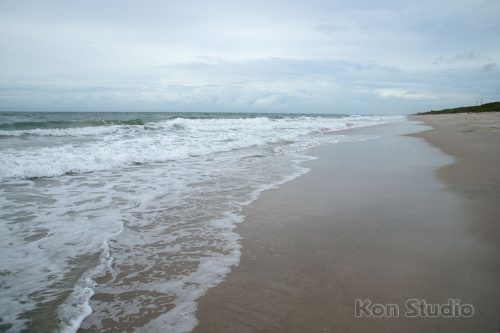
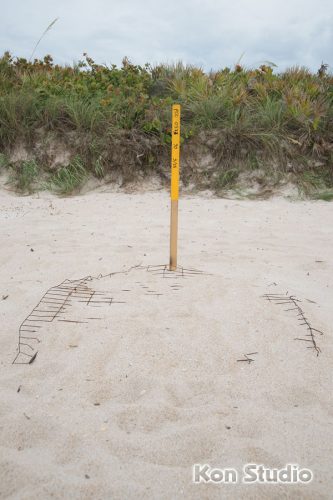
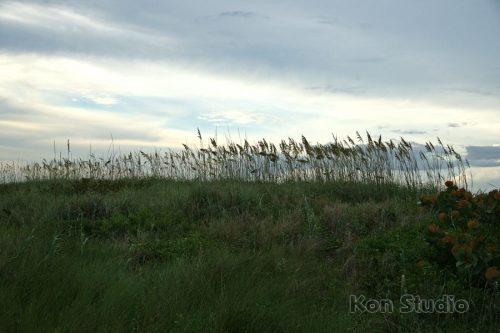

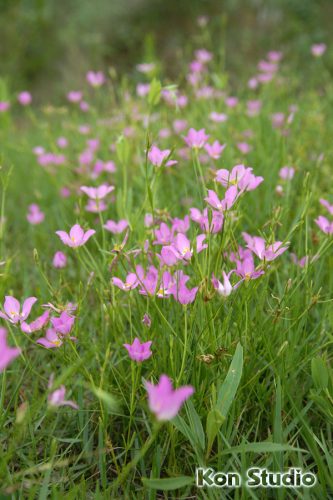
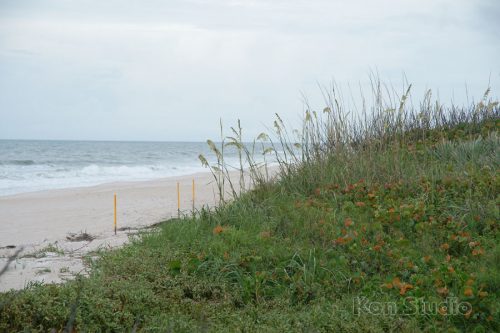
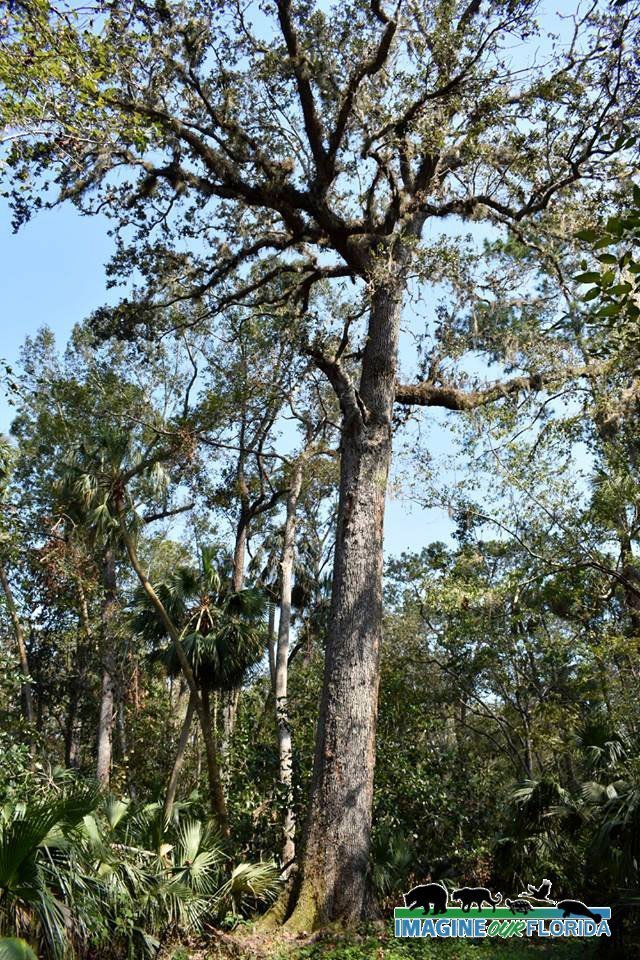
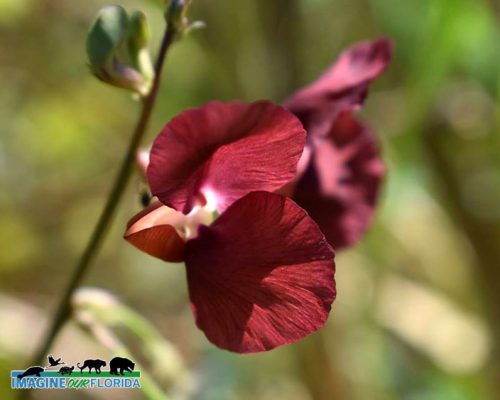
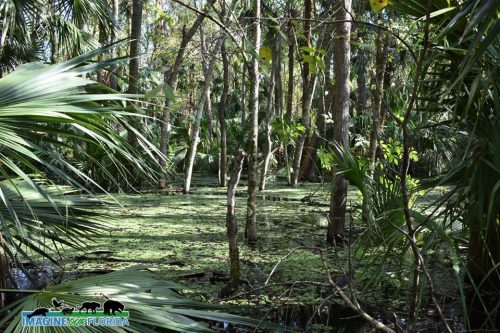
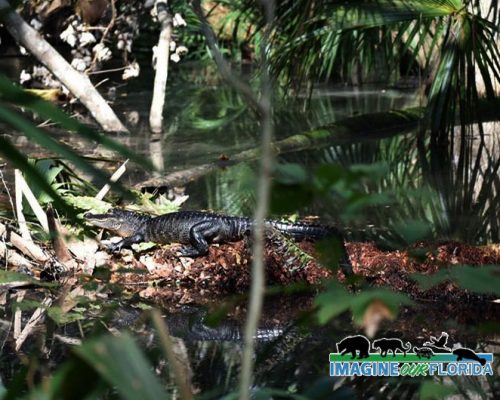


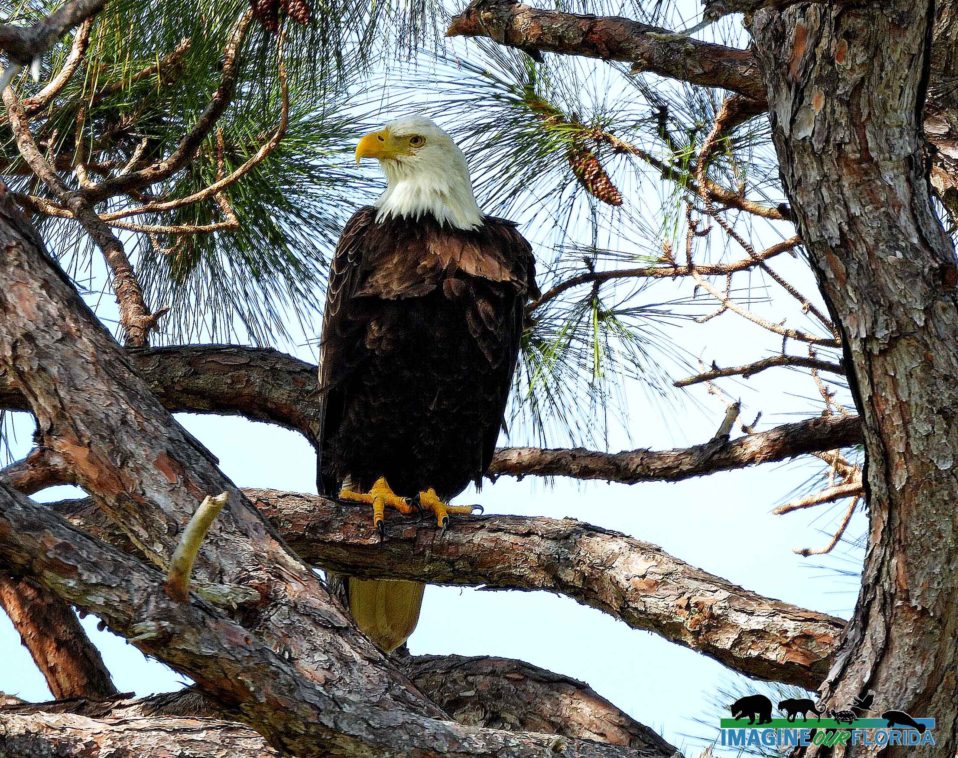
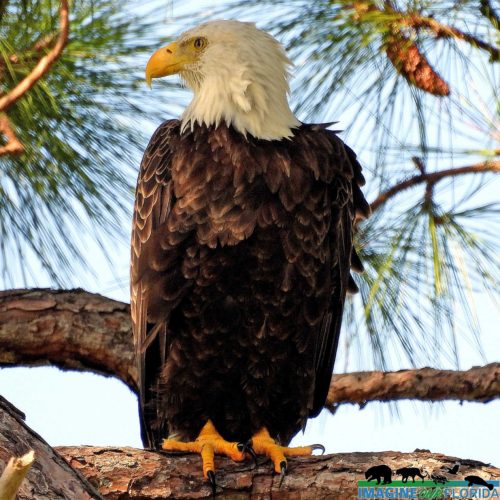
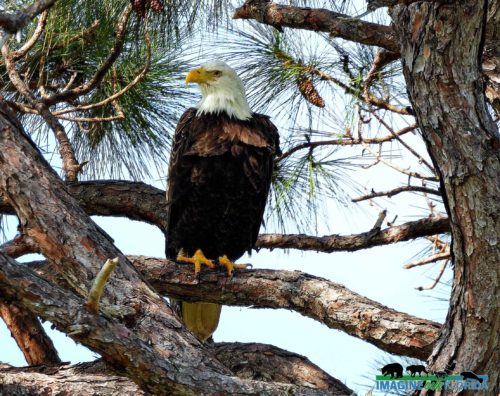
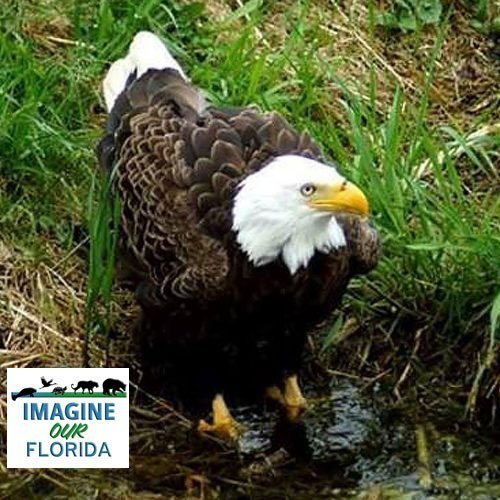
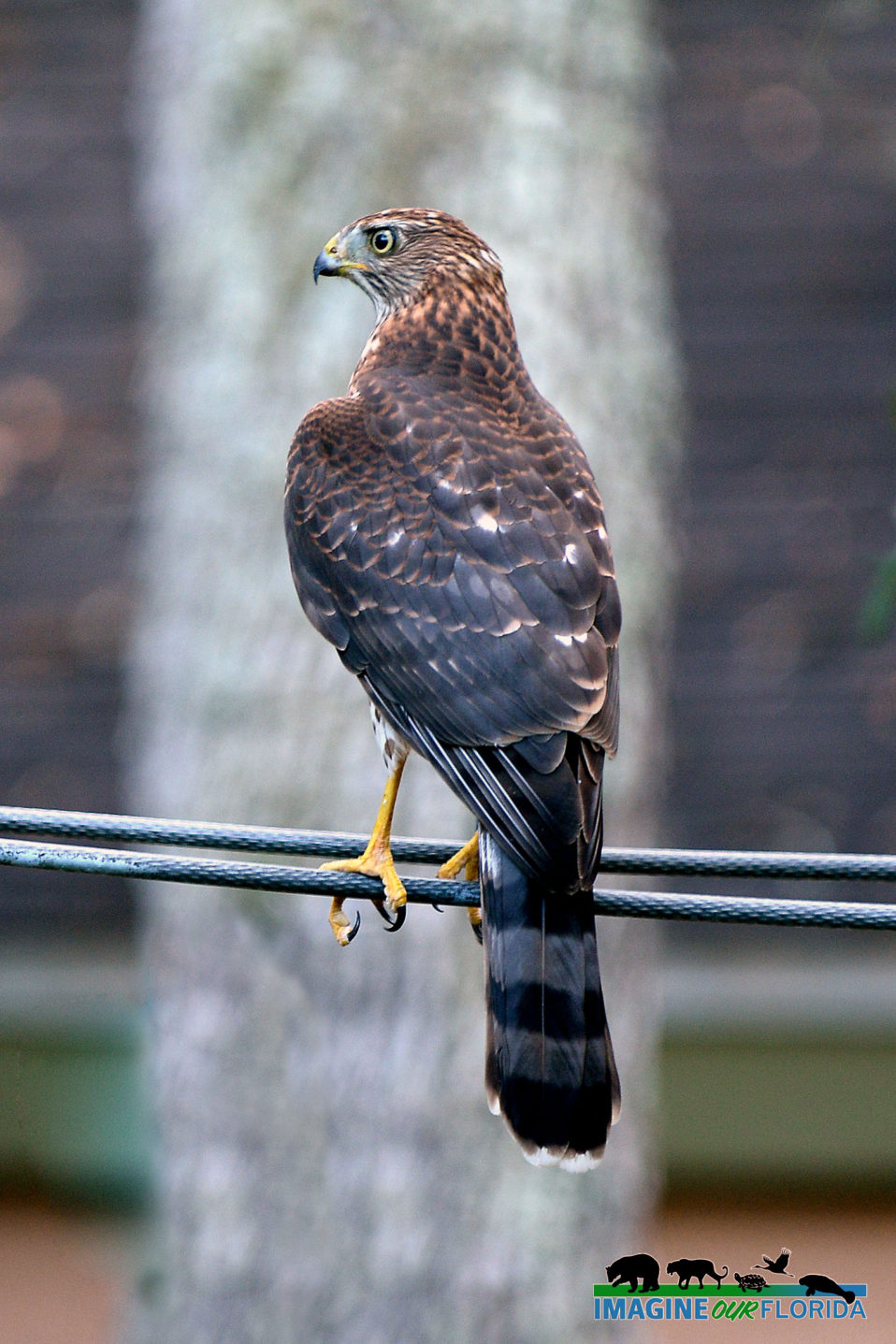
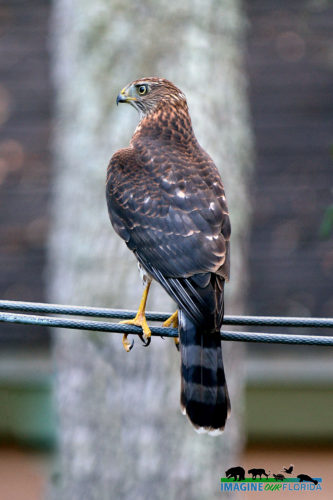

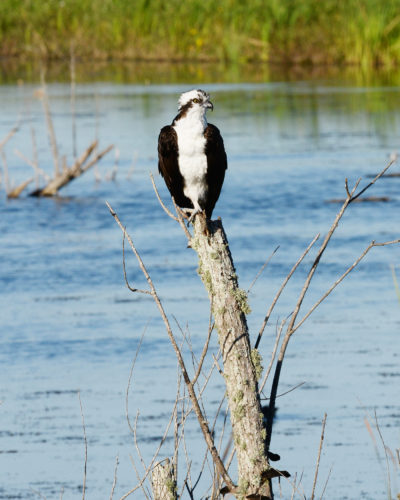
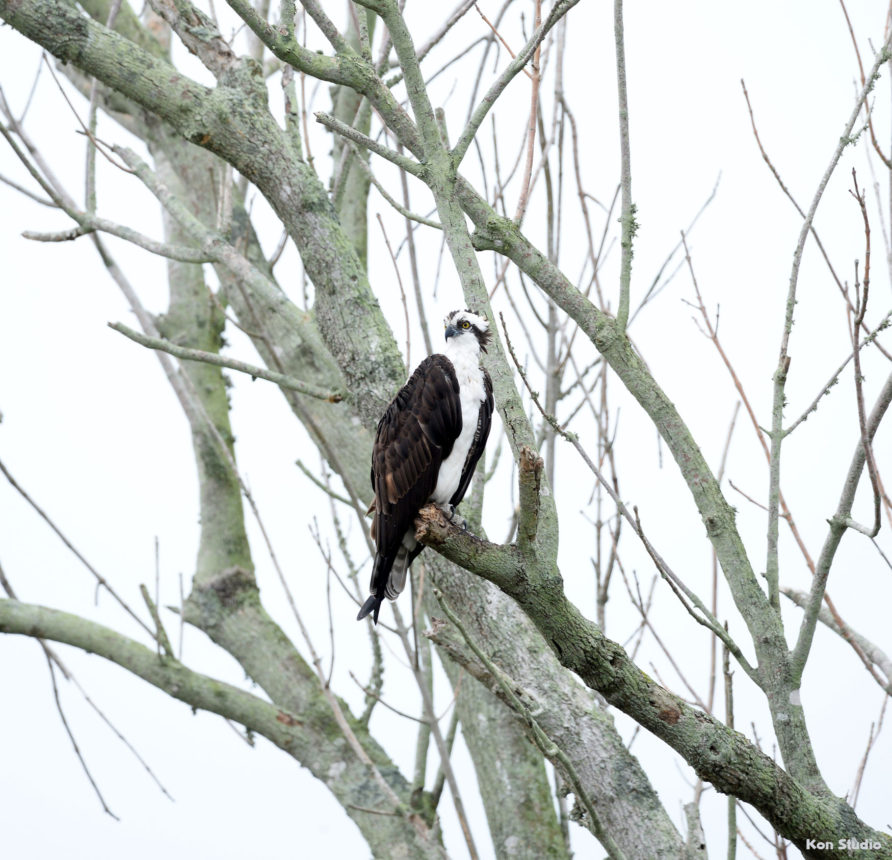
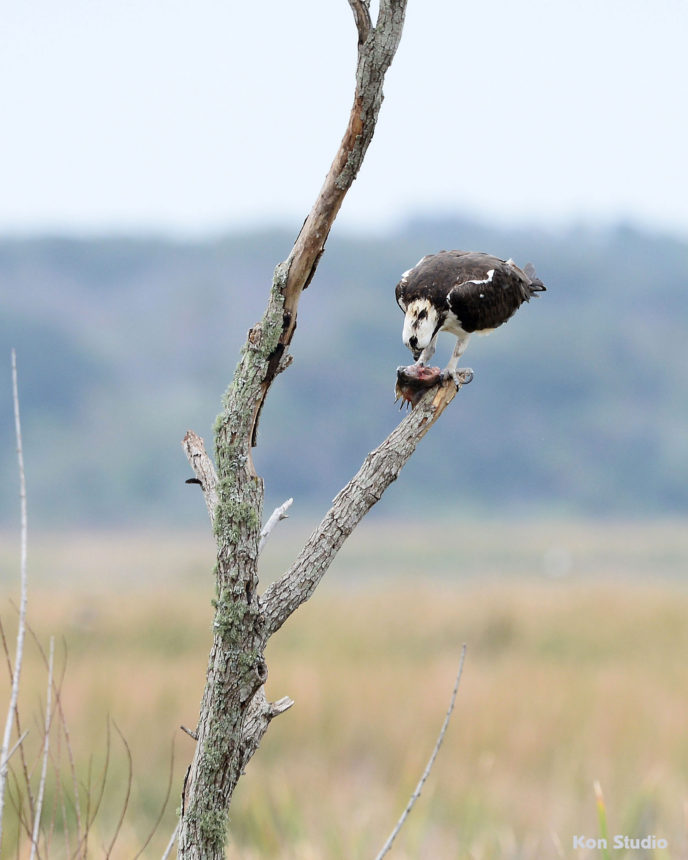
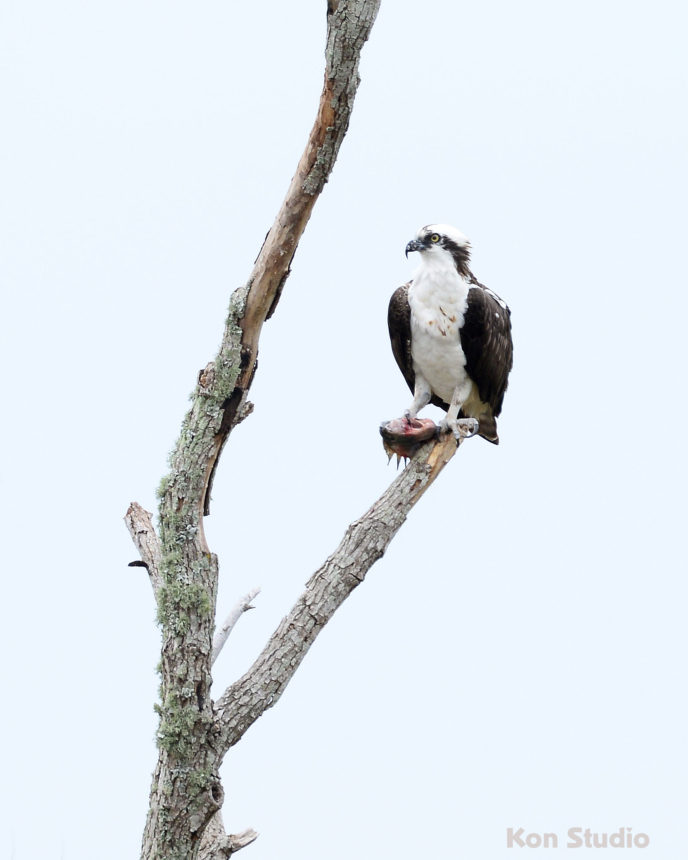

Recent Comments